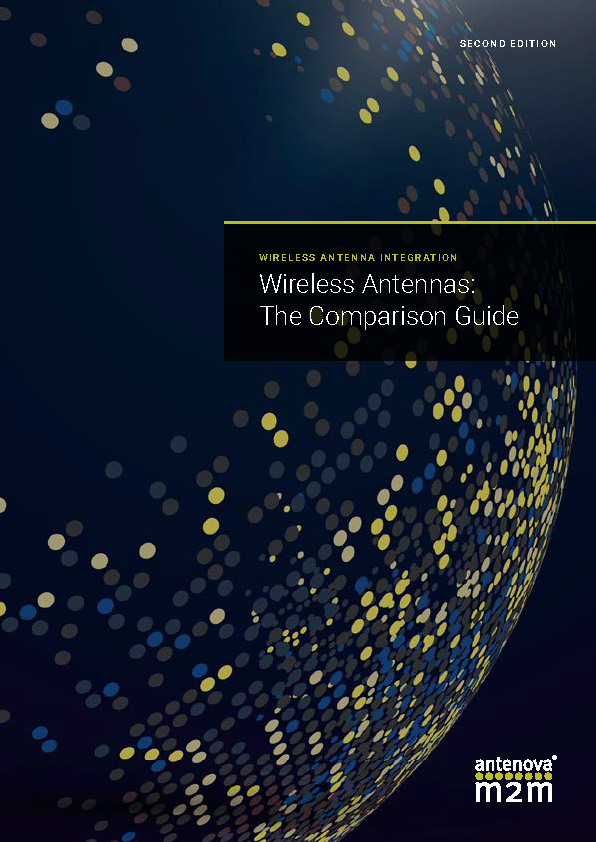Hello,
I am in the process of replacing a GPS module chip due to it not being manufactured anymore (M10478).
When looking at the data sheet for the M20048, it seemed to be an exact replacement for the M10478. However when I impliment4ed it into the circuit but, it seems to be stuck in this limbo mode. The Tx pin is output 1.2k Hz when I have the resistor arrangements to be outputting 9600hz.
Yu Kai Yeung
Antenna Engineer at Antenova Yu Kai is an antenna expert with over 10 years of experience in the design and testing of antennas. He has experience helping customers with certification testing, combined with his knowledge of RF measurement procedures.



